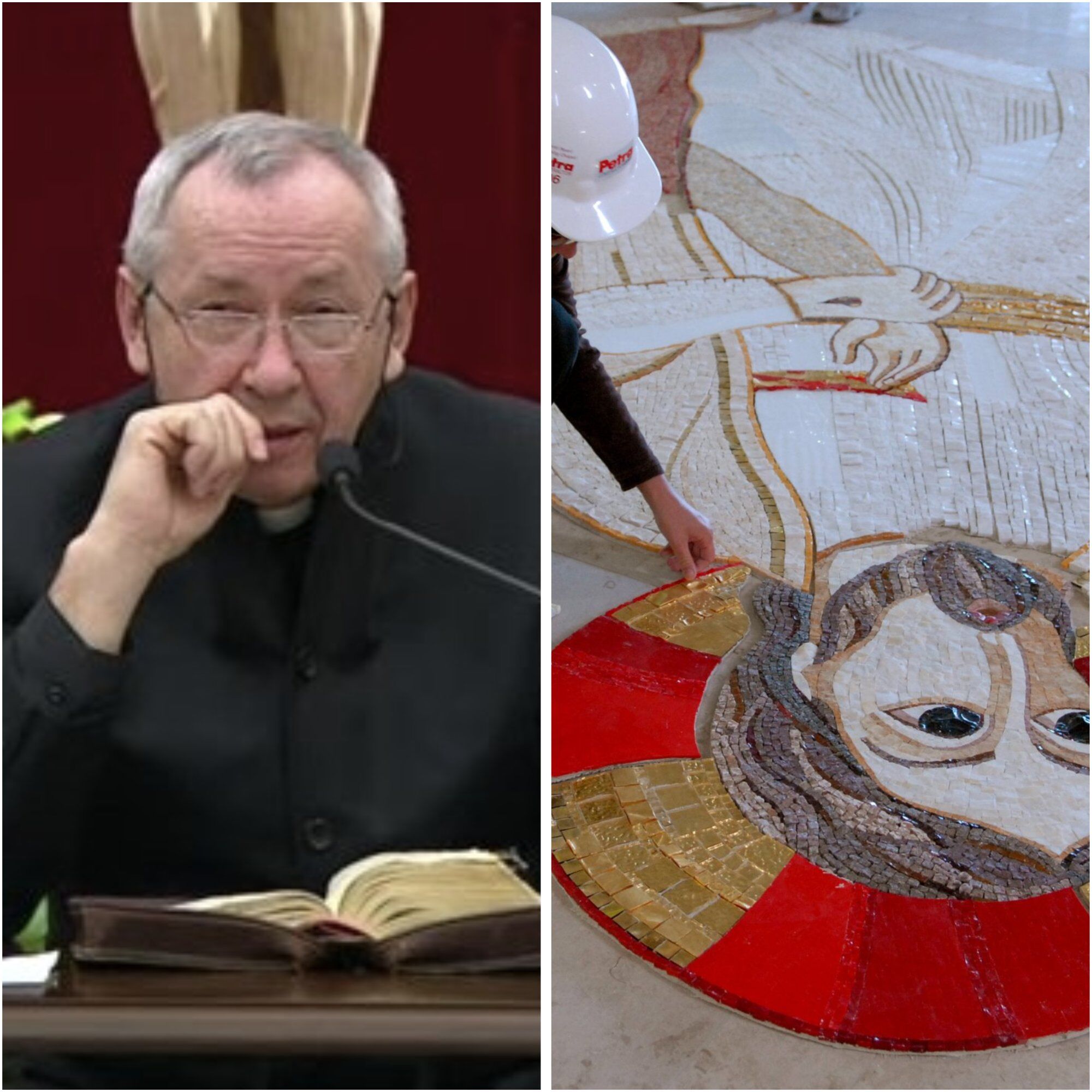Reaching out in faith: How can Father Rupnik remain a priest after dismissal from Jesuits?
Q: I read that Father Rupnik was expelled from the Jesuit order but remains a priest. How does that work? (Flushing, New York)
A: First for some background, priesthood and religious life are actually two distinct vocations, even if they often go together in many cases. Religious life is a call to follow Christ more closely by living a vowed life in community according to the evangelical counsels of poverty, chastity, and obedience. On the other hand, priesthood is a sacramental sharing in Christ’s mission of sanctification, with a priest being specially empowered to celebrate the sacraments, particularly by making Jesus truly present in the Eucharist.
There are male religious who are not priests, called religious brothers. Conversely, there are priests who are not members of religious communities. Still, there is no such thing as a freelance priest, and all priests must “belong” somewhere in the church. In canon law, this “belonging” is called “incardination.” Priests can of course be incardinated in a religious community (or even in another kind of community which is not technically a religious Order, like the Oratorians or Opus Dei). A priest who is not a religious can be incardinated in a local diocese with the diocesan bishop as his superior.
While it can happen for similar reasons, there is a distinction in the processes of leaving — or being forced to leave – a religious community versus the priesthood. A religious priest who is dismissed from his community is no longer affected by any of the previous rights or obligations he once had had as a member of his religious institute. But even after being dismissed, he remains a priest in both a theological as well as a canonical sense.
However, canon 701 in the Code of Canon Law tells us that in the case of an expelled religious: “If the member is a cleric, he may not exercise sacred orders until he finds a Bishop who will, after a suitable probation, receive him into his diocese in accordance with can. 693, or who will at least allow him to exercise his sacred orders.” (The above-referenced conon 693 describes the situation of a religious priest who freely chooses to leave his religious community while intending to remain serving as a priest — namely, that the permission to leave the community cannot be granted unless the religious priest in question “has found a Bishop who will incardinate him in his diocese or at least receive him there on probation.”)
So, applying these general principles to what we know about Father Rupnik’s situation, it seems that:
–Presuming he doesn’t appeal the dismissal, he indeed is no longer a Jesuit.
–At this point he is still a priest
–Despite being a priest, he will not be able to carry our priestly ministry or function as a priest unless he finds a bishop willing to make the choice to incardinate him into his diocese, or to at least receive him into the diocese on a trial basis.
Incidentally, after being accused of so many serious misdeeds, it might seem scandalous that Father Rupnik was apparently only dismissed from the Jesuits because of his disobedience in accepting a new assignment. On the surface, this might seem to imply that the Church sees abuse as somehow the lesser crime. Yet this dynamic is not so much a value judgment as much as a reflection on how the church’s penal processes work. While spiritual and sexual abuse are clearly and indisputably more heinous crimes, due to their sensitive nature they can sometimes be more difficult to punish via a canonical trial (e.g., witnesses might not feel comfortable testifying “on record,” etc.), whereas disobedience usually comes with the evidence of a clear-cut paper trail, via letters and other correspondence. The hope is that having some consequences for the less serious but more “provable” crime is at least a first step towards justice.
– – –
This column was written by Jenna Marie Cooper, who holds a licentiate in canon law, is a consecrated virgin and a canonist whose column appears weekly at OSV News. Send your questions to CatholicQA@osv.com.
Featured image: A collage showing a file photo of Jesuit Father Marko Runik at the Vatican from March 6, 2020 (CNS photo) and an artist with Centro Aletti in Italy, working on a mosaic at Sacred Heart University’s Chapel of the Holy Spirit in Fairfield, Conn., Sept. 30, 2009 (OSV News photo/Tracy Deer-Mirek, courtesy Sacred Heart, CNS)



